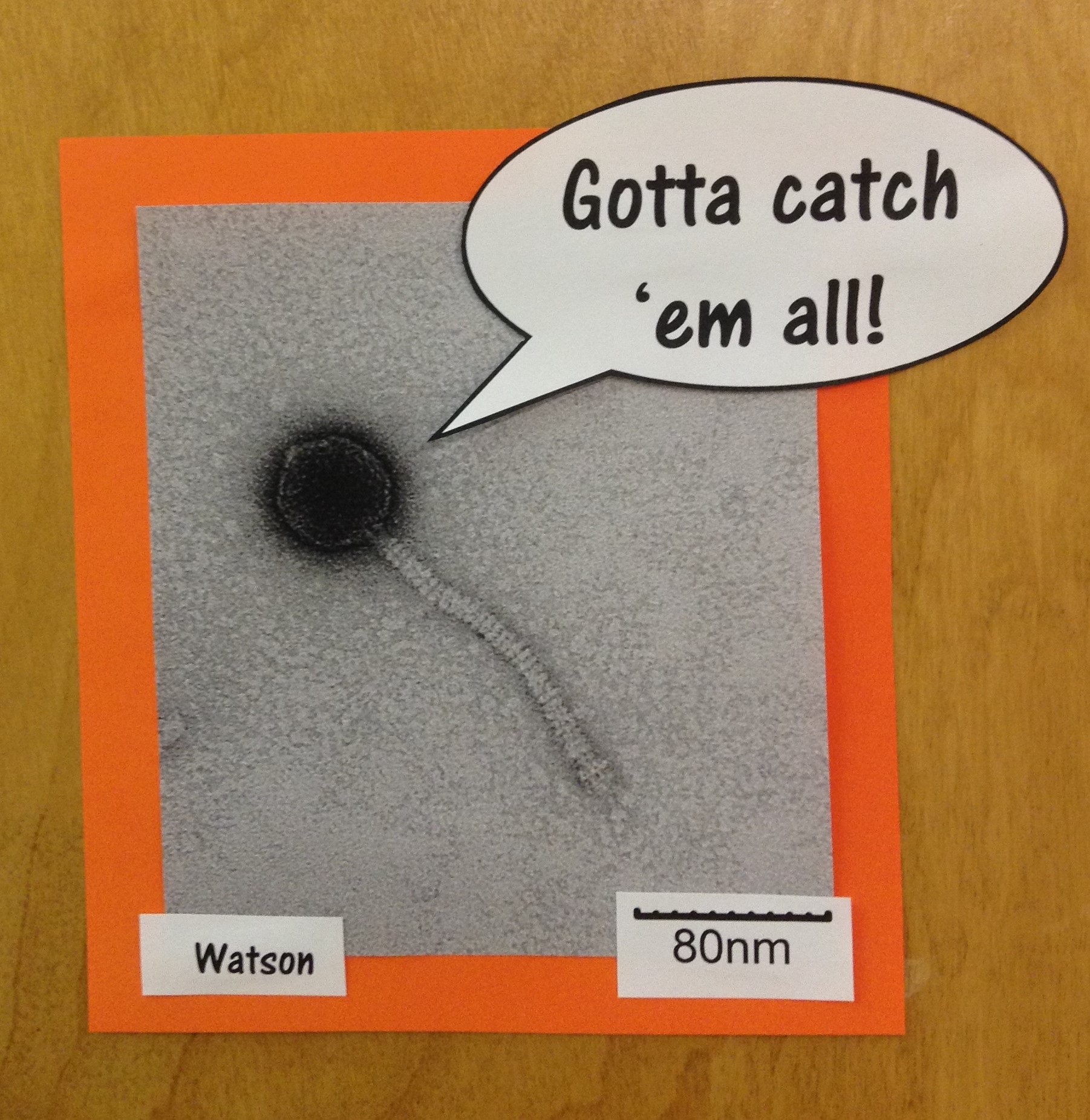Welcome to the forums at seaphages.org. Please feel free to ask any questions related to the SEA-PHAGES program. Any logged-in user may post new topics and reply to existing topics. If you'd like to see a new forum created, please contact us using our form or email us at info@seaphages.org.
Recent Activity
All posts created by svoshell
| Link to this post | posted 01 Sep, 2017 17:28 | |
|---|---|
|
|
Chris, thank you for providing the instructions. It's such a simple fix, but I would have been panicking for days if I hadn't found this post! |
Posted in: DNA Master → Glimmer Failure on Auto Annotation
| Link to this post | posted 18 Nov, 2016 15:30 | |
|---|---|
|
|
Ken, That's great that you were able to design the primers in class! I'm planning to have the students search in some of the genomes in the bioinformatics class to see where the nonspecific annealing occurred. A little note about the A4 phage - they often produce fragments with the A2, A3, and A5 primers that are similar in size to the A4 product. If you load 5 ul it's very difficult to tell them apart, but we were able to get good size estimates when we only loaded 2 ul. It confused some of the students initially, but we ended up having some great discussions and I think they learned more than if they'd had only a single fragment show up on the gel! I'm glad to know that the plaque plug version also works! We only tried the lysate procedure this semester. -Stephanie |
Posted in: Phage Discovery/Isolation → Cluster Specific Primers
| Link to this post | posted 17 Nov, 2016 21:29 | |
|---|---|
|
|
Electrophoresis: |
Posted in: Phage Discovery/Isolation → Cluster Specific Primers
| Link to this post | posted 17 Nov, 2016 21:26 | |
|---|---|
|
|
Beauxregard13 |
Posted in: Phage Discovery/Isolation → Cluster Specific Primers
| Link to this post | posted 17 Nov, 2016 21:26 | |
|---|---|
|
|
ArTwo |
Posted in: Phage Discovery/Isolation → Cluster Specific Primers
| Link to this post | posted 17 Nov, 2016 21:24 | |
|---|---|
|
|
Hi Vic, Certainly! I've attached our protocols for both the PCR setup and the gel. I've also included two slides showing possible results. ArTwo displays an ideal result in which you only get a single fragment. Beauxregard13 illustrates a case where you have other fragments produced, but only one that makes sense in terms of expected size. I loaded 5 ul of PCR products on these gels, but we found that the results are much better if you only load 2 ul. We used one of our previously sequenced phages to make a positive control. -Stephanie |
Posted in: Phage Discovery/Isolation → Cluster Specific Primers
| Link to this post | posted 17 Nov, 2016 17:37 | |
|---|---|
|
|
We developed a protocol this semester for screening phage based on the Smith et al. (2013) paper: http://bmcgenomics.biomedcentral.com/articles/10.1186/1471-2164-14-410 We had a high success rate and the students loved the experiment! I'd be happy to share our protocol if anyone is still interested. Feel free to e-mail me at svoshell@vt.edu. |
Posted in: Phage Discovery/Isolation → Cluster Specific Primers
| Link to this post | posted 09 Mar, 2016 17:54 | |
|---|---|
|
|
Dan, Thank you so much, that makes perfect sense! This situation will help me illustrate the importance of using the start/stop coordinates instead of the gene numbers to my students! -Stephanie |
| Link to this post | posted 02 Mar, 2016 21:15 | |
|---|---|
|
|
Dan, My class recently started annotating Watson and we noticed that the gp numbers on our Phamerator map do not match the auto-annotations in DNA Master (they are off by several numbers after gp8 ). The other genomes we've worked on matched in both programs (until we made changes in DNA Master)and we were wondering if you could explain the difference in the numbering systems? Thank you! Virginia Tech Phage Hunters |


 316Kb
316Kb